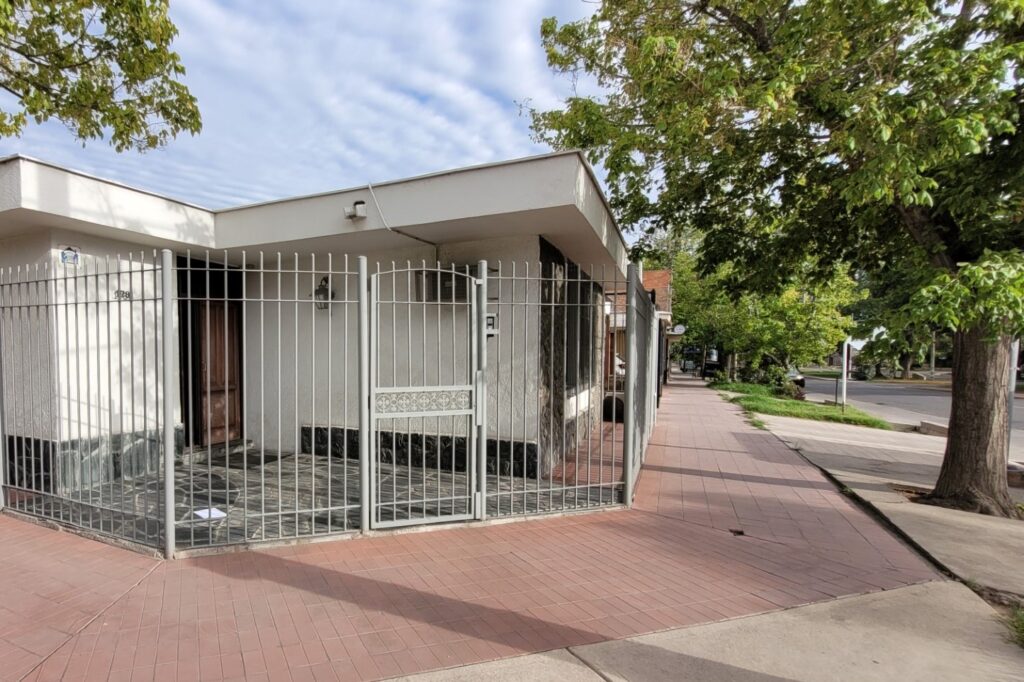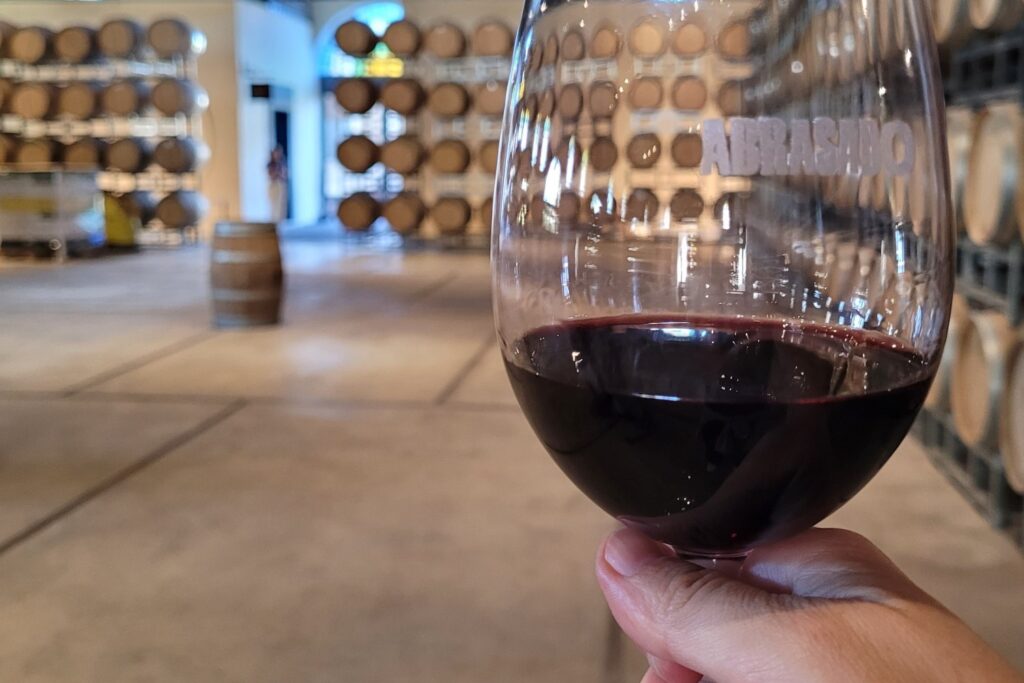Mendoza is a unique desert town that strategically uses its proximity to the Andes to capture the melting glaciers and reshape its urban geography.
Having endured the mosquito-rich tropical rains of southern Brazil during the austral summer, and more recently in Rosario, Argentina, I found Mendoza, a 12-hour drive away, surprisingly enchanting and refreshing. The break from constant humidity felt like a divine intervention, even though the temperature stubbornly remained at a scorching 34 degrees.
There’s something unique about Mendoza beyond its more tolerable weather. Despite being a desert town, the streets remain lively and walkable even during the siesta hours. I have always wondered what makes a city attractive; in Mendoza, it struck me like a ton of grapes: the trees! These natural umbrellas not only create a livelihood amidst the stern concrete backdrop, but also drape the sidewalks and road pavement with a sparkling shade. Without these trees, walking the streets would be like strolling through an inferno.
As you navigate the sidewalks, another particularity catches your eye, and your feet—the pathways are raised to accommodate the integration of canals. Not for rainwater management, mind you (as there is only 200 mm of rainfall per year), but to channel water from the melting Andean glaciers. This water nurtures not only the trees but also the vineyards that have become the lifeblood of Mendoza’s renowned wine industry.
Nestled beneath the Cordillera, this ancient pit stop on the trading route now boasts nearly a million inhabitants. However, an 1860 earthquake flattened the city, giving urban designers carte blanche for a radical rebuilding. Along with five evenly distributed plazas serving as safe zones, the city features an innovative canal system, known as acequias, which uses controlled watering to nurture towering leafy trees from a different climate, making the cactus the odd one out. Mendoza’s unique blend of climates defies the stereotypical desert town aesthetic and demonstrates an artful utilization of natural geography to enhance human life.
The houses embody a blend of desert aesthetics and Spanish influence, with their low-lying sloped roofs covered in tiles. Every window is adorned with shutters to protect against the intense sun rays and the occasional dust storms. What sets these homes apart, though, is the use of grilles along the lot lines instead of walls, serving as the primary security barrier and doubling as a dog house.
Another colorful aspect of the city is the many fruit stalls offering a variety that breaks the equatorial monotony of green lemons, green oranges, and green squashes. Along with the long-missed sight of Granny Smith apples, yellow lemons, and strawberries, Mendoza throws another fruit layer to the mix with olives, green and red grapes, and peaches.






